Over the past few years, crime rates have been on the rise across the country. Portland has been no different, with dramatic increases in reported crime, particularly homicides. Once one of the safest large cities, Portland’s homicide rate in 2022 is on track to break historic records with 51 murders as of July. To put this number into context, the yearly average of homicides for the past two decades has hovered in the 20s.
“We are in a different place than we’ve ever been,” said Brian Renauer, chair of the criminology and criminal justice department at Portland State and school faculty for 22 years. “Particularly when it comes to violent crime and homicide, we’ve been among the lowest in the nation in terms of rate per population. It wasn’t until 2019 when we saw the beginning of a dramatic increase in homicides in the following years.”
Renauer made sure to stress the starting point for the current trends. “It’s important to know that this trend began a year prior to the pandemic, as well as any changes to the Police Gang Enforcement unit or the disbanding of Portland Police Bureau’s Gang Enforcement unit,” he said. Both of these units were dramatically changed after the 2020 George Floyd protests, as both have been proven to disproportionately target Portlanders of color, particularly Black Portlanders.
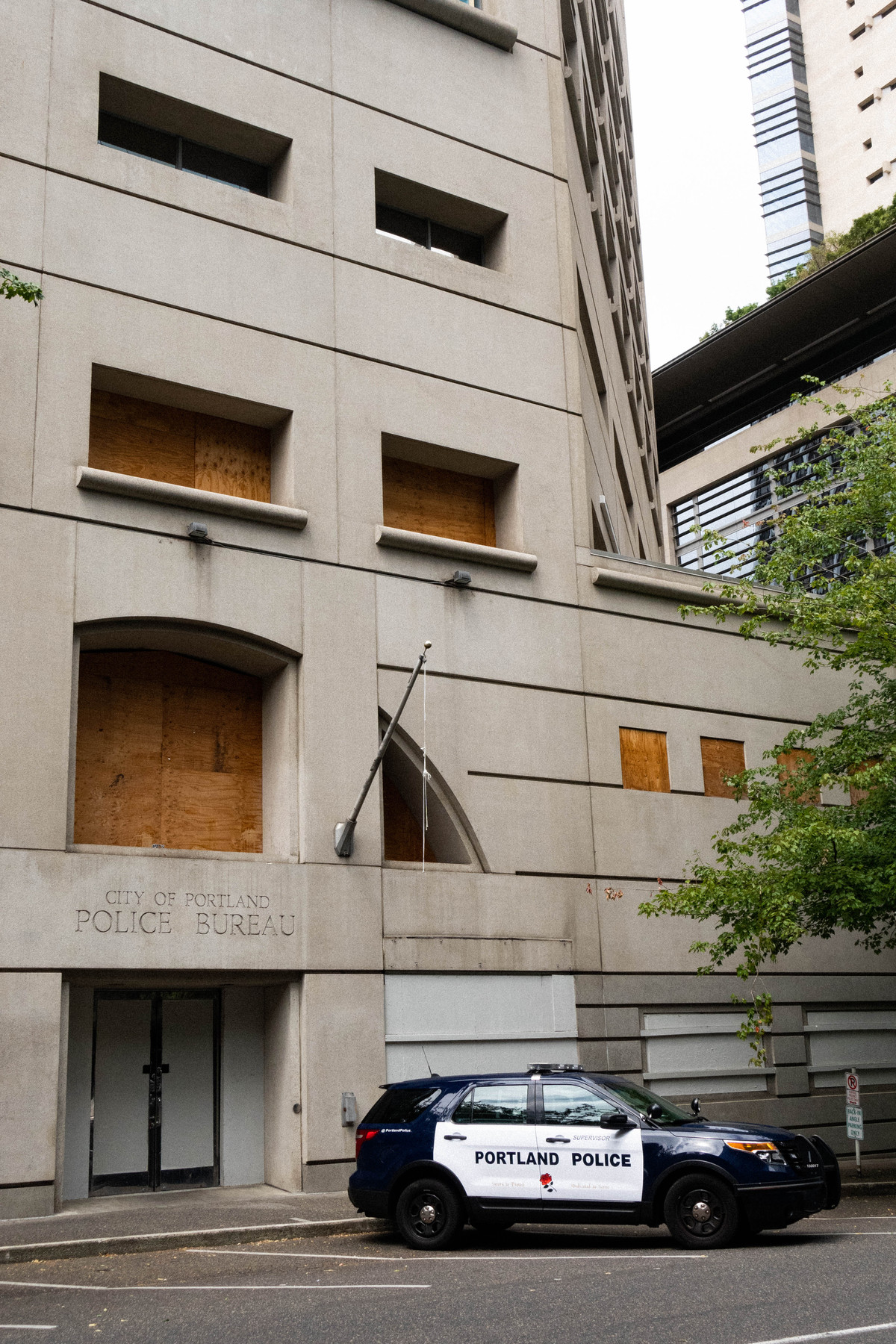
“The idea that removing a number of officers from being on duty negatively leads to a rise in crime is based on the premise that they were out proactively discovering and preventing criminal activity before it occurred, or that by them making arrests of those accused of crimes and putting them into the criminal justice system is doing something effective to reduce crime rate and help people,” Renauer said. “Saying that crime rate hinges on just the police is just too simple of an explanation for why crime is going up or down… there are so many other factors that come into play. One of those factors is the criminal justice system, but the police only play a small role in the system.”
Instead of subscribing to the mindset that less cops equals more crime, Renauer had a different view. “What are the strategies that the entire criminal justice system is applying to address crime and recidivism, and to assist people returning from prison?” Renauer asked. “97% of those who are going to prison are coming back to our community, and are they coming back better equipped to reintegrate into society and live a crime-free lifestyle?”
Renauer wasn’t entirely dismissive of the idea that some parts of reorganizing police structures in recent years have had negative effects. “This is not to say that the reduction in staffing is not problematic,” he said. “Reduction in staffing can pose—if it’s significant enough—an issue. That’s the question. Does it reach a point in the reduction of staff that it does become detrimental to the agency function, and we don’t have good evidence to what that point is.”
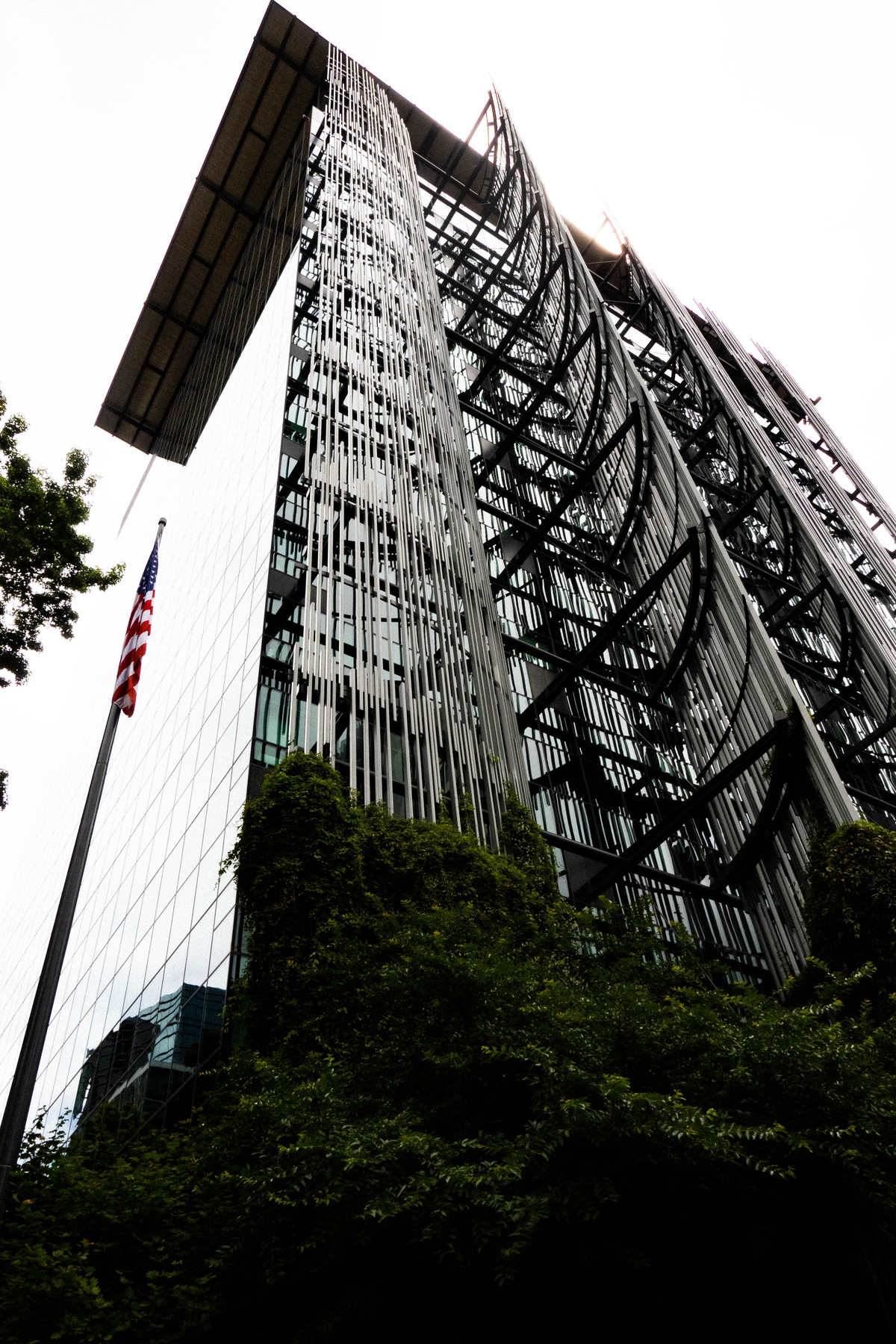
Moving beyond the police, Renauer detailed the many nuanced and complex factors that could be responsible for the increase in homicides. “There isn’t a lightbulb switch that goes off in someone’s head that makes them want to go out and start shooting people,” he said. “It’s the evolution of a developmental process in that person that they come to the realization that carrying a gun, using that gun, achieves some sort of purpose or fits some rationale in their head. That’s not something that occurred overnight, but instead evolved over years.”
A crucial aspect Renauer attributed to the increase in homicides dates much farther back than 2019, originating in the Great Recession of 2008. The historic economic devastation of the 2008 financial crisis destroyed opportunities across the nation, especially in already disadvantaged and disenfranchised communities.
“You had a generation of kids that were perhaps elementary to middle school range to high school range that are seeing opportunities lost for their friends, family, neighbors that changes their viewpoint on their life expectations,” Renauer said. “Usually what we know about people who get involved in gun violence is that they grew up in some traumatic situations in their households or neighborhoods.”
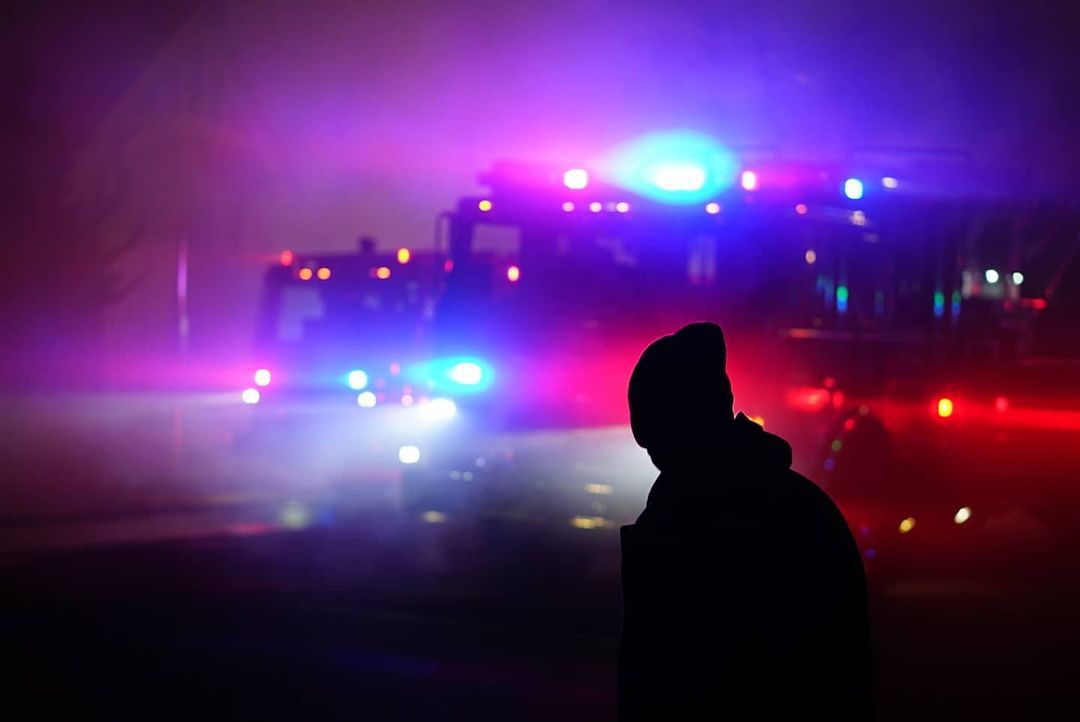
A majority of those killed in 2021 fell between the ages of late teens to early 30s, those most affected by the trauma of the recession. Currently what is known about those doing the killing is that, more often than not, they match the victims demographically.
Beyond homicides, Renauer clarified that violent crime as a whole has not seen the same levels of dramatic increases. “It’s really only homicides in which we see this sort of three year increasing trend, but violent crime as a whole is still lower than historic high levels, and a lot better than other urban areas,” he said.
“I think it’s a good time for the system to really pull back and think through the way it’s approaching crime all across police, courts and corrections,” Renauer said. “How they are working together, how they could be more effective with one another and working with communities and politicians to address crime.”
As for the future, Renauer is hopeful. “I’m optimistic that this isn’t a permanent feature of the area, in the sense that we’ll be able to right this ship in the next couple of years.”
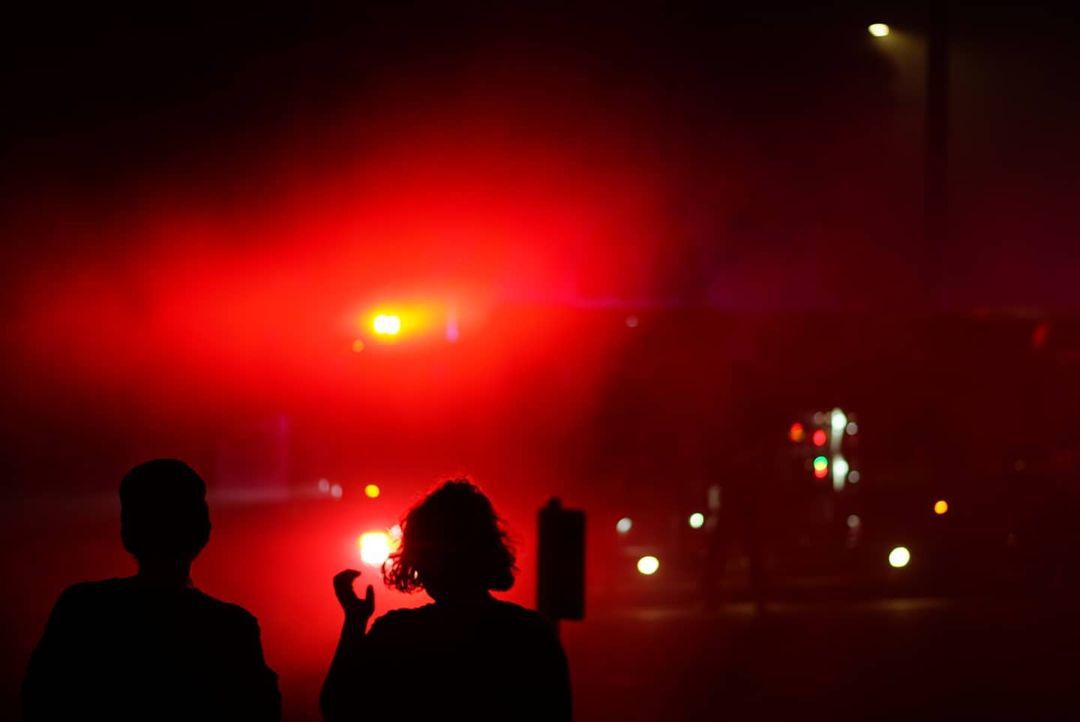


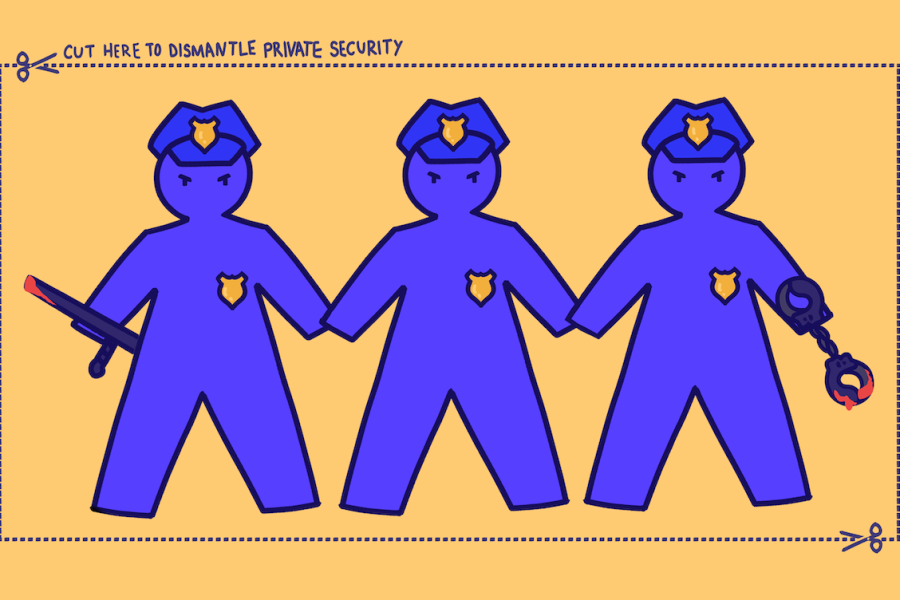
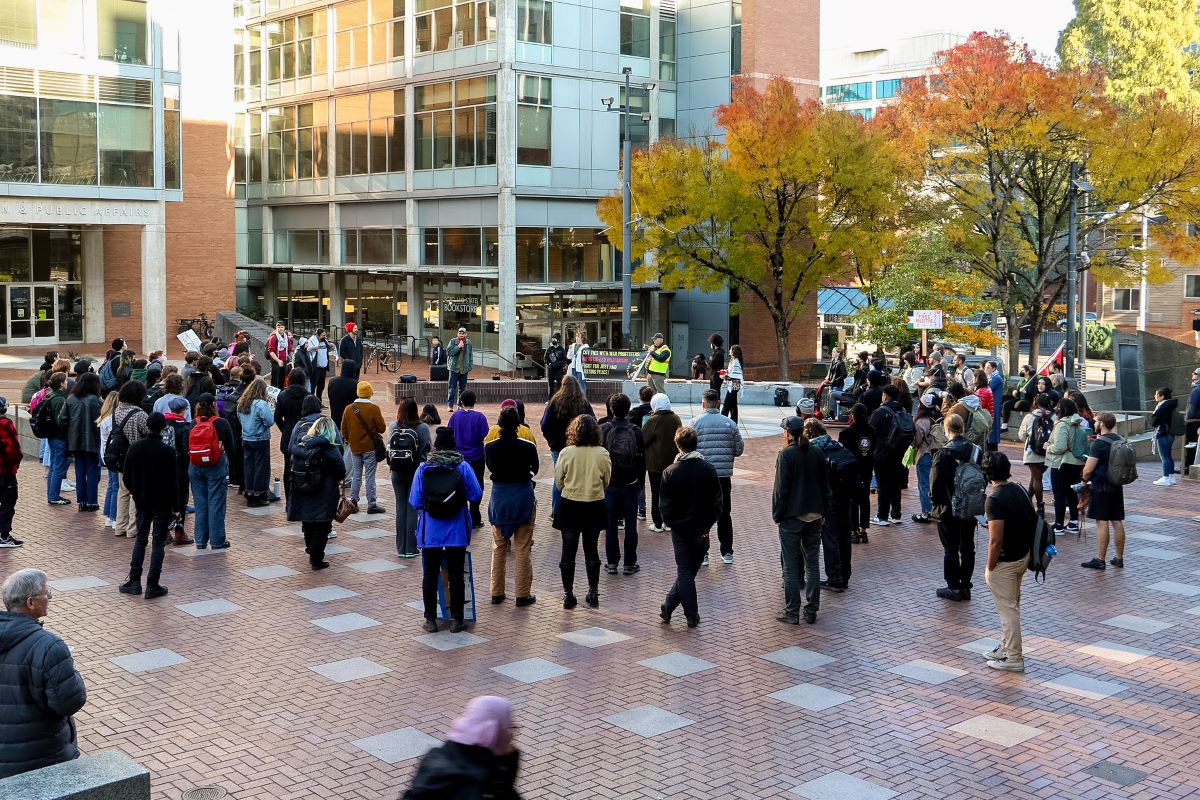
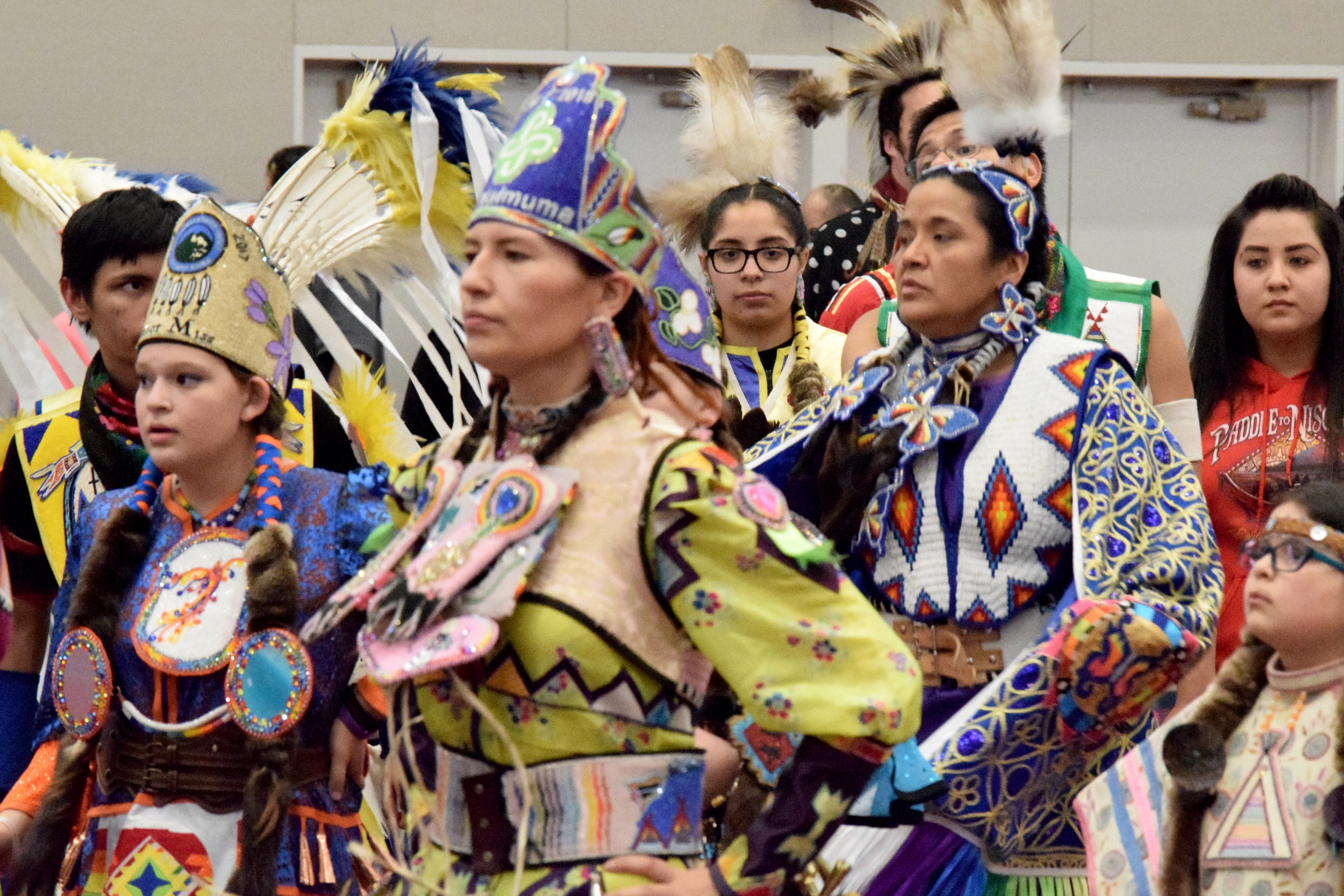
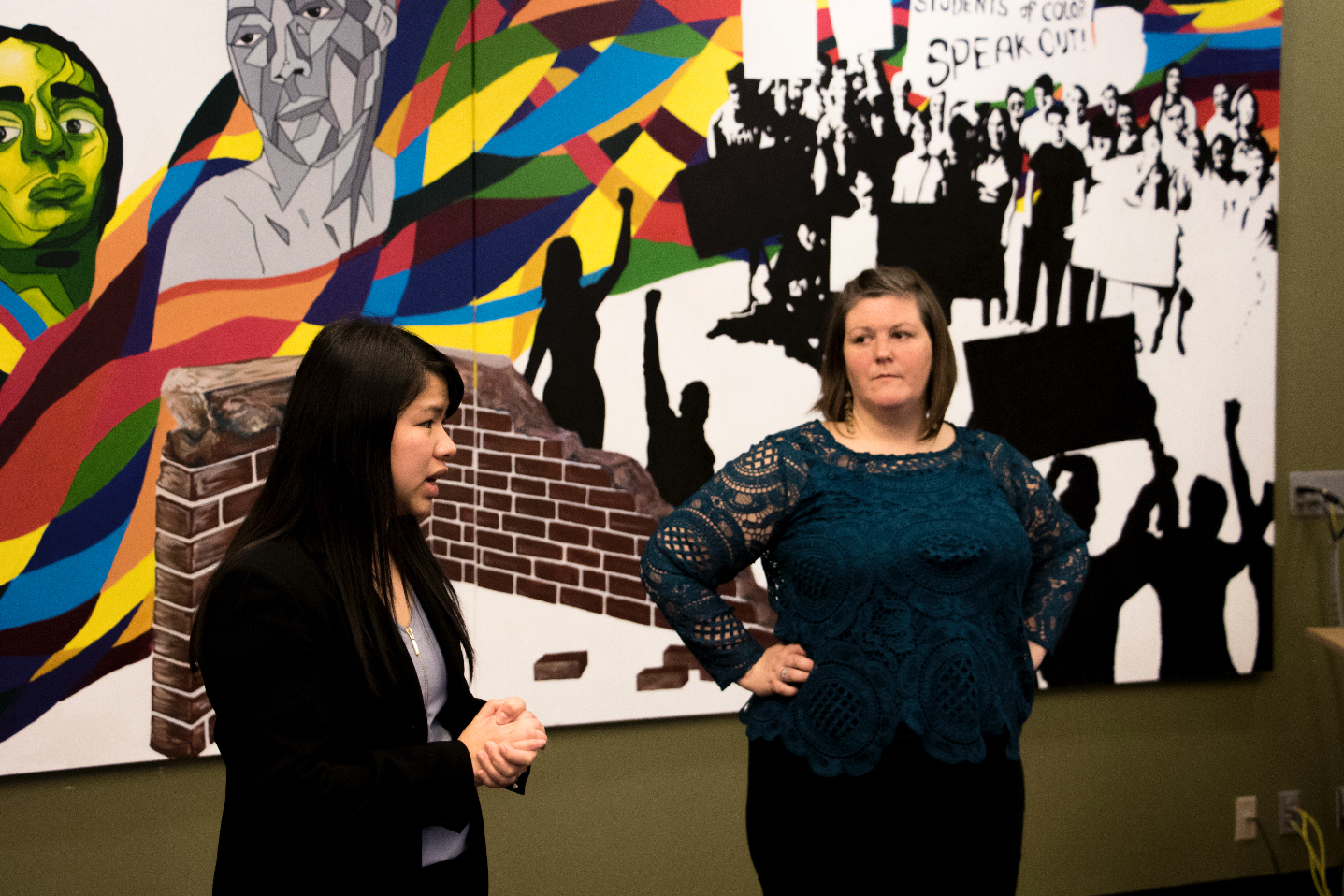
Portland Police Bureau misattributed serious crime and destructive mob activity to mental illness and drug abuse and responded inappropriately to hundreds of complaints about mobsters, allowing them to continue their violence. Bad attitudes in government allowed the majority population to scapegoat the homeless minority for the manu of the problems. Citizens misreporting crime and underreporting crime also contributed to the problem.